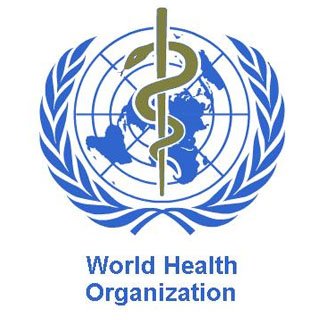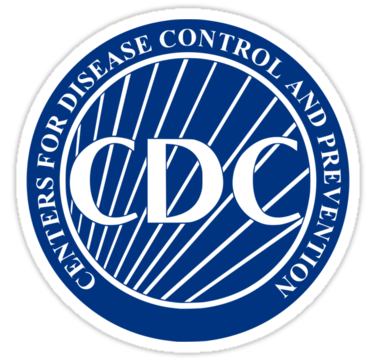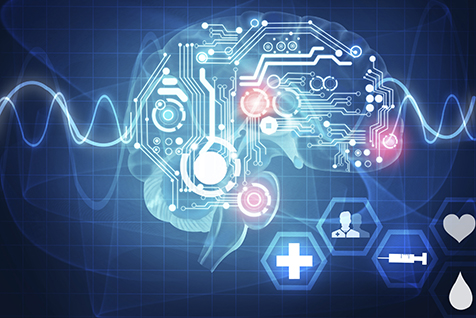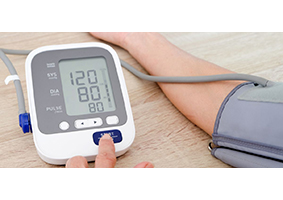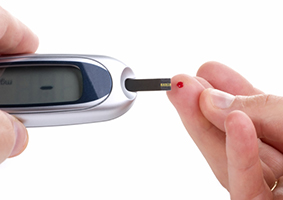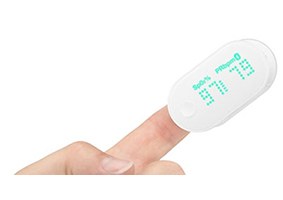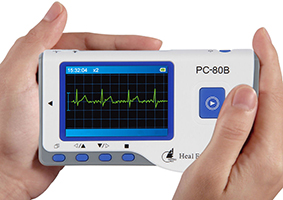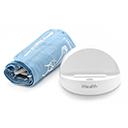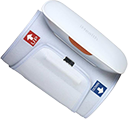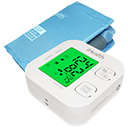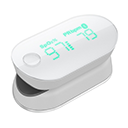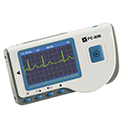Віддалений моніторинг здоров'я (пацієнтів) (RPM) - це технологія, що дозволяє контролювати здоров'я контрольованої людини поза звичайних клінічних умов (наприклад, в домашніх умовах), що може збільшити доступ до догляду і знизити витрати на доставку медичних послуг.
Включення RPM в лікування хронічних захворювань (наприклад, гіпертонія, діабет) може значно поліпшити якість життя людини. RPM дозволяє людині зберігати незалежність, запобігати ускладнень і мінімізувати особисті витрати.
Крім того, пацієнти і члени їх сімей відчувають себе більш комфортно, знаючи, що їх контролюють і будуть підтримувати, якщо виникне така необхідність.
Ключові особливості RPM, такі як дистанційний моніторинг і аналіз трендів фізіологічних параметрів, дозволяють виявляти погіршення на ранній стадії; таким чином, скорочуючи число відвідувань відділення невідкладної допомоги, госпіталізації і тривалості перебування в лікарні.
Говорячи простою мовою: замість співробітника клініки за підконтрольною людиною спостерігає програмно-апаратний комплекс. Програмно-апаратний комплекс моніторить наявність вимірювань відповідно до встановленого графіка вимірювань і наявність критичних показників. У разі виявлення критичних показників або відсутності вимірювань інформує відповідальну особу (родича і / або співробітника клініки).
Відмінна особливість
Серед усіх представлених рішень у всьому світі наше рішення - унікально. Наша головна перевага - час реакції.
Одержувачі повідомлень (фахівці клініки, близькі) отримують інформацію про відсутність вимірювань або критичних показниках відразу по настанню події. В аналогічних сервісах контролюючі особи (лікар, діти батьків) дізнаються про проблему лише коли робот зробить запит до бази даних і виявить відсутність вимірювань або критичні вимірювання - як правило, це один два рази в день, коли час вже втрачено. Наш сервіс проінформує про необхідність втручання відразу ж як тільки виникне така необхідність.



